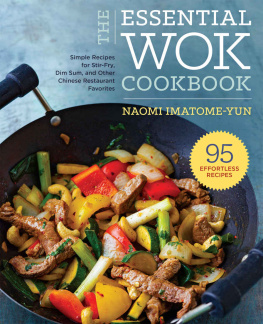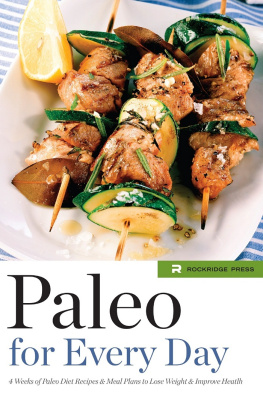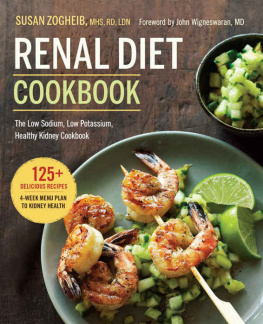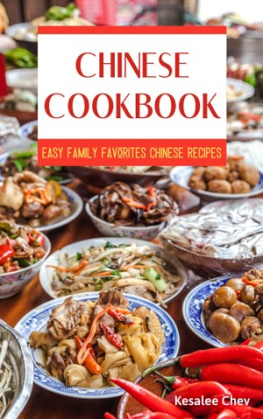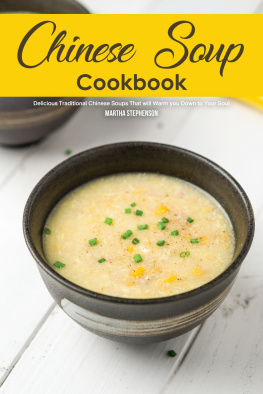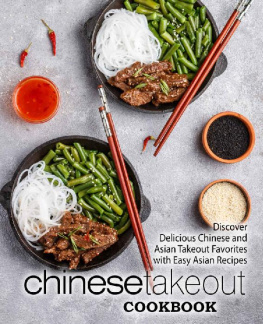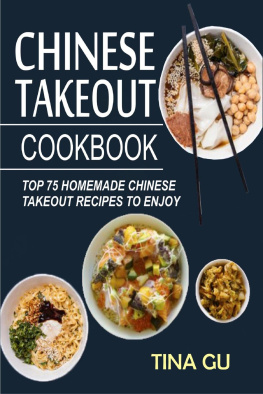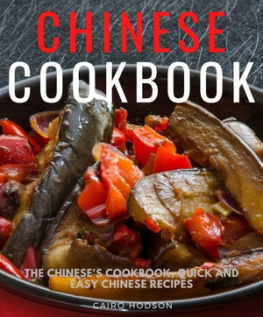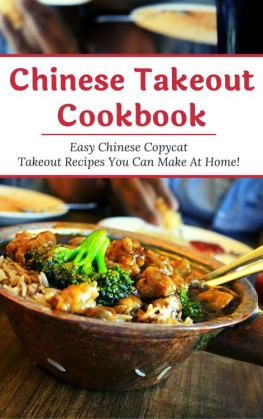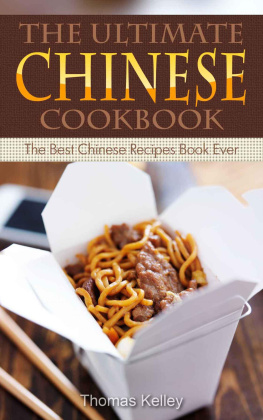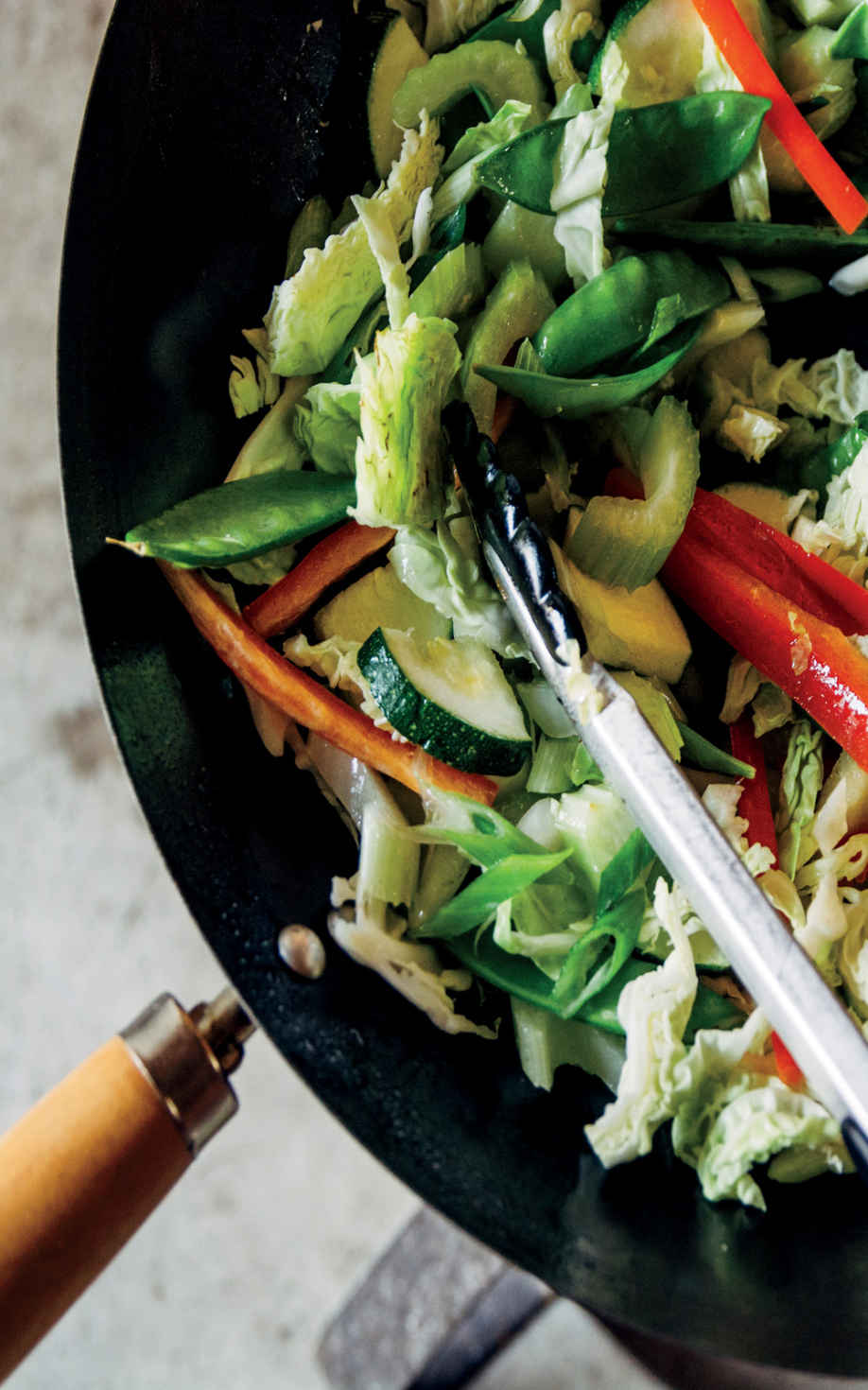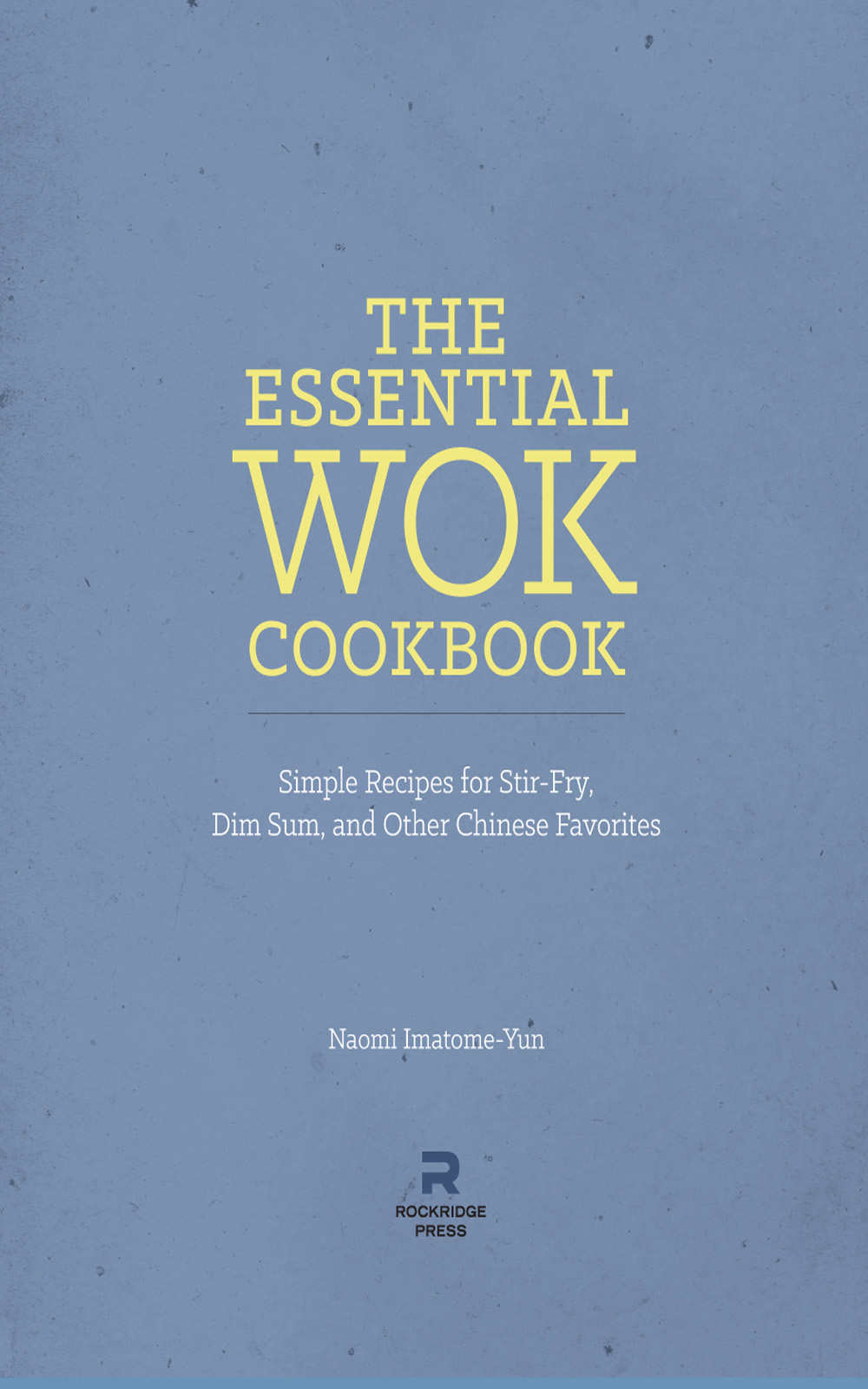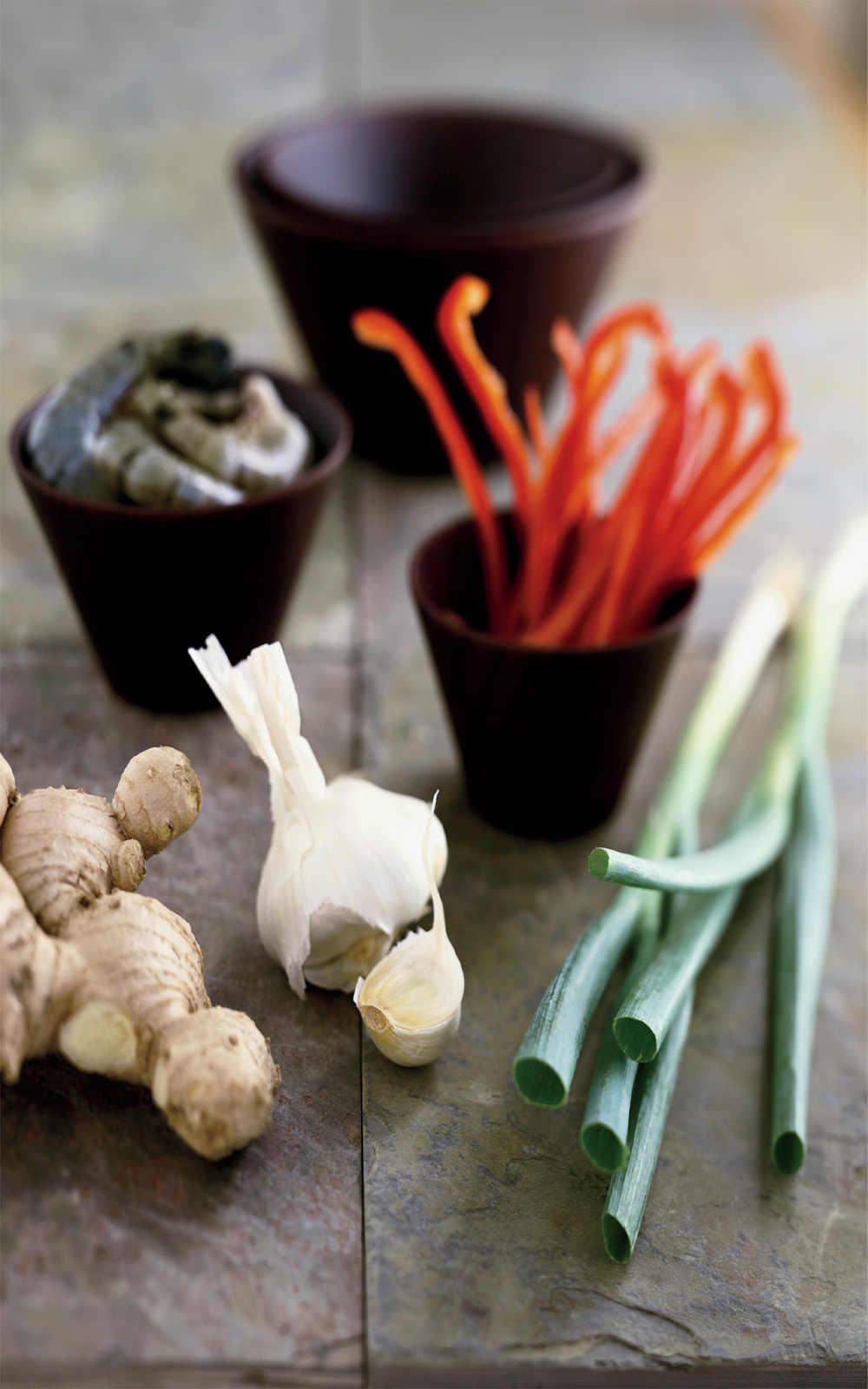Copyright 2015 by Rockridge Press, Berkeley, California
No part of this publication may be reproduced, stored in a retrieval system or transmitted in any form or by any means, electronic, mechanical, photocopying, recording, scanning or otherwise, except as permitted under Section 107 or 108 of the 1976 United States Copyright Act, without the prior written permission of the publisher. Requests to the publisher for permission should be addressed to the Permissions Department, Rockridge Press, 918 Parker St., Suite A-12, Berkeley, CA 94710.
Limit of Liability/Disclaimer of Warranty: The publisher and the author make no representations or warranties with respect to the accuracy or completeness of the contents of this work and specifically disclaim all warranties, including without limitation warranties of fitness for a particular purpose. No warranty may be created or extended by sales or promotional materials. The advice and strategies contained herein may not be suitable for every situation. This work is sold with the understanding that the publisher is not engaged in rendering medical, legal or other professional advice or services. If professional assistance is required, the services of a competent professional person should be sought. Neither the publisher nor the author shall be liable for damages arising herefrom. The fact that an individual, organization or website is referred to in this work as a citation and/or potential source of further information does not mean that the author or the publisher endorses the information the individual, organization or website may provide or recommendations they/it may make. Further, readers should be aware that Internet websites listed in this work may have changed or disappeared between when this work was written and when it is read.
For general information on our other products and services or to obtain technical support, please contact our Customer Care Department within the United States at (866) 744-2665, or outside the United States at (510) 253-0500.
Rockridge Press publishes its books in a variety of electronic and print formats. Some content that appears in print may not be available in electronic books, and vice versa.
TRADEMARKS: Rockridge Press and the Rockridge Press logo are trademarks or registered trademarks of Callisto Media Inc. and/or its affiliates, in the United States and other countries, and may not be used without written permission. All other trademarks are the property of their respective owners. Rockridge Press is not associated with any product or vendor mentioned in this book.
Interior photographs Gabriel (Gabi) Bucataru/Stocksy, . All other photographs Shutterstock and Istock.
ISBN: Print 978-1-62315-605-3 | eBook: 978-1-62315-606-0
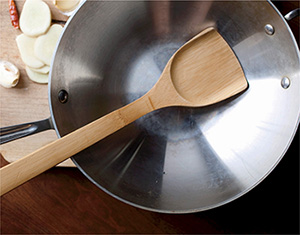
CONTENTS
EVERYDAY CHINESE COOKING
THE CHINESE KITCHEN
DUMPLINGS, EGG ROLLS, AND DIM SUM FAVORITES
VEGETABLES, TOFU, AND EGGS
FISH AND SEAFOOD
CHICKEN AND DUCK
NOODLES AND RICE
PORK, BEEF, AND LAMB
THE BASICS

INTRODUCTION
Chinese food has become as American as pizza, bagels, and tacos. Its a comfort food that we enjoy and love, whether we live in big cities or small towns. Although foodies might scoff at Chinese take-out for its lack of authenticity, Chinese food in America is an incredible story of immigration, invention, and adaptation. According to Andrew Coes Chop Suey: A Cultural History of Chinese Food in the United States, there are more than 40,000 Chinese restaurants in the United States, more than all the McDonalds, Burger King, and Wendys fast-food restaurants put together. But unlike with other beloved regional eats, such as Italian or Mexican fare, many people still dont regularly make Chinese food at home.
This book will teach you that preparing your favorite Chinese restaurant dishes in your own kitchen is simple, healthy, and cost-efficient. You dont even need to go to a special Asian grocery for the bulk of the ingredients, as most supermarket chains now carry the essentials needed to make Chinese food at home. And now that online sites such as Amazon carry hard-to-find spices and seasonings, everything you need is within reach.
There are undeniable conveniences to Chinese delivery: It is fast (usually ready in 30 to 45 minutes), easy (a quick phone call or online order), and satisfying. But, like most fast food, its not always the healthiest option.
Chinese home cooking is a lot less salty, oily, and heavy than its restaurant take-out counterparts. Its also packed with fresh ingredients. Although those ubiquitous white boxes have their charm, you will be surprised to learn how simple it is to make healthy Chinese dishes at home. And youll save money while youre at it.
The secret to cooking delicious Chinese food at home is the wok: a large pan with a bowl-like shape that has either two handles or one long wooden handle. With just this one pan, you can make thousands of tasty dishes quickly and cheaply. Yes, thousands. Many American homes have a wok or a woklike pan in their collection of kitchen equipment; its a favorite for preparing stir-fries of all kinds. And although it is the perfect pan to use for great-tasting stir-fries, the wok has so much more potential. Theres a reason that the Chinese have used the wok for more than two thousand years with very few changes to the pan itself. In addition to stir-frying, you can also steam, boil, stew, braise, deep-fry, poach, smoke, sear, and saut in a wok. The recipes in this book were designed to highlight the versatility of this time-tested piece of kitchen equipmentthe wok is the only pan you will need to cook your way through these pages.
The recipes in this cookbook are designed with the take-out lover in mind. Unnecessary salt, unneeded oil, and undesirable ingredients, such as MSG, have been eliminated without sacrificing flavor. You wont miss anything by cooking this way. You may even come to prefer it.
Think about flavor-packed Kung Pao Chicken, crispy egg rolls, and comforting wonton soup. Consider spicy eggplant with garlic and mu shu vegetables. They all hit a different spot, and now you can enjoy healthier versions of your favorite Chinese dishes at home. So lets fire up the wok and start cooking!
EVERYDAY CHINESE COOKING
If you grew up eating Chinese food in America, then you might be surprised to learn you likely wouldnt find most of your favorite dishes on a visit to China. Much like American cuisine, Chinese cuisine itself is not one thing, as China is a huge country and its different regions have very different ways of preparing food, based on local ingredients. Chinese food in America is the product of immigration, local tastes, and American ingredients, which have influenced the evolution of the cuisine since the Gold Rush days of the 1850s.
During the 1860s, Chinese workers came to California to work on the railroads. Most were working men who came to do hard labor, and they were almost all from rural villages outside Canton (now called Guangzhou). Some of these new immigrants opened Chinese restaurants, hoping to provide the familiar flavors of home. So Chinese food in America got its start very loosely from Cantonese cooking. The immigrants were not trained chefs, and they didnt have the same vegetables, herbs, or spices they were used to in China. Instead, they had to improvise, using non-Chinese ingredients, such as broccoli, yellow onion, pineapple, and carrot, in their food.

